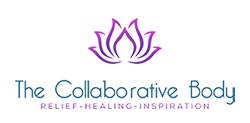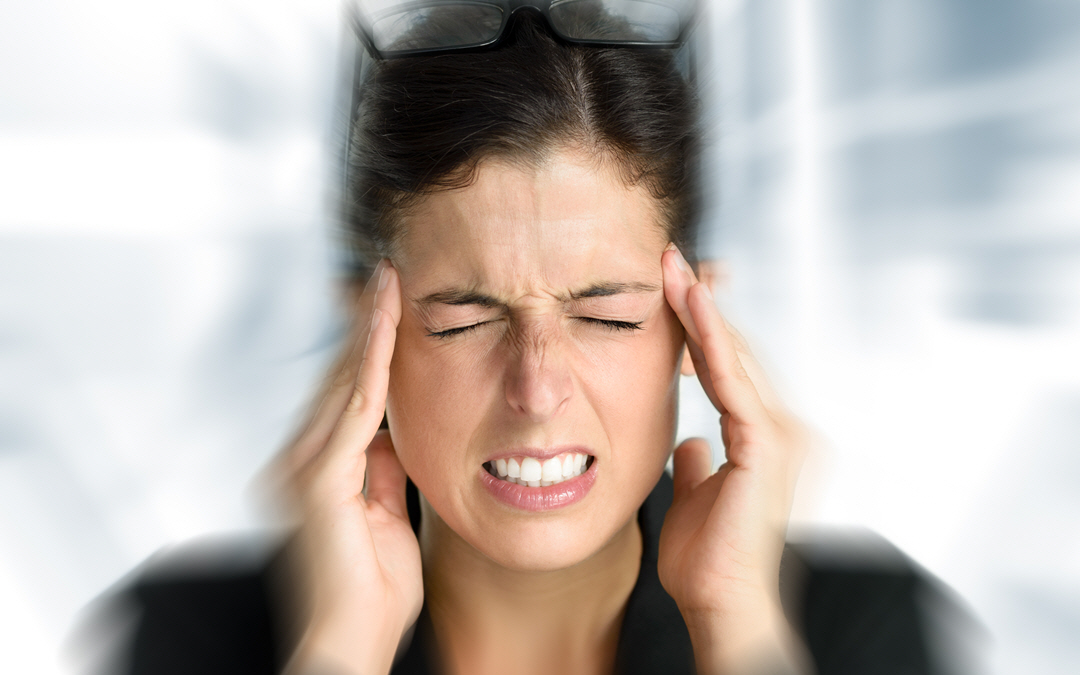Pain is a very personal experience and chronic pain can mean a lot of things to a lot of people. The truth is that most adults experience chronic pain in their lifetimes and the most commonly reported pain is back pain. These five strategies can help most people to some degree, and results will vary depending on the cause, location, and severity of your pain. Always consult your health care provider before making changes to your nutrition or exercise programs.

#5 – Make sure you are drinking plenty of water daily. One of the greatest contributors to muscle pain is dehydration yet most of us wait until we are thirsty to drink water. Usually this is too late. Drinking caffeine like coffee, tea, or sodas actually contribute to dehydration, so if you are drinking these, be sure to increase the water you are consuming.
The general rule of thumb is to drink one ounce of water for every two pounds of body weight. A 150 pound woman would drink about 75 ounces of water per day, and more if she consumes a lot of caffeine.

Stay Hydrated!
#4 Eat a more anti-inflammatory diet. Nutrition plays a larger role in our overall health and this also includes pain management. Sometimes it is easier to begin small, and just cut out a few items that you know create inflammation in the body. Sugars are a big contributor to inflammation in the body. There are a lot of great resources on the internet to find the anti-inflammatory diet that suits you best. Here are some links:

Eat a Rainbow of Fruits and Vegetables
#3 Each morning and night, take each joint through its full range of motion. This can be done lying in bed, seated, and standing. Starting with your toes and fingers, move each joint slowly through its complete range of motion. Then proceed to wrists and ankles. First flex back and forth, and then in a circular rotation. Take your time with each movement and remember to breathe slowly. Do not force the motion.

Then move to knees and elbows, shoulders and hips. Each time, using a two dimensional movement (back/forth, up/down) and then gradually moving into a circular motion. Finally stand tall and slowly bend down to touch the floor (or as close as you can get.) I find it helps to visualize each vertebra moving, and breathe with each movement. At first this will feel difficult, but as you continue to practice, you will see more movement and ease.
#3A Keep moving. It is important to keep moving every day. Set small achievable goals, and gradually increase them. Walking is a great place to start. Walking outdoors is even better. If weather is challenging or unsafe, there are often walking groups at local malls and high schools.

#2 Take Epsom salt baths and use Epsom salt warm compresses. Moist heat is good for chronically sore muscle and soft tissue. Epsom salt can take that comfort to an even higher level. Epsom salt has minerals that help alleviate painful muscles and joints.

Epsom Salt baths soothe achy tired muscles
You can purchase Epsom salt at your local drug store or online. Remember to increase salt volume if you have an extra-large tub. If you don’t have a tub or cannot safely get in and out of tub, then you can make hot compresses with Epsom salt to get the same effect. Fill a sink with warm / hot water (to your liking) add Epsom salt and let it dissolve. Place a white towel (salt can bleach colors) into the hot Epsom salt solution, wring it out, and wrap on the affected area. This is great for neck, shoulder, knee, back – pretty much anywhere you need some relief. Try this before bed time and see how it improves your comfort and quality of sleep.
#1 Be conscious of your posture. Many of us stand and sit in a slouched position. Check your posture daily. Poor posture contributes to pain and to other health issues.

#1.1 Get regular therapeutic massage. In general there are a lot of great health benefits to getting a massage, and even more so for pain relief. Massage helps get the body out of ‘flight or fight’ mode, and promotes natural relaxation including the release of “feel good” hormones like endorphins and dopamine. Therapeutic massage includes specific techniques to stretch and release tight muscles and connective tissues that contribute to or even cause pain.

When selecting a massage therapist, be sure to ask what their training and experience has been. You want to work with a therapist who is specifically skilled in therapeutic techniques to reduce pain and improve mobility and range of motion.


